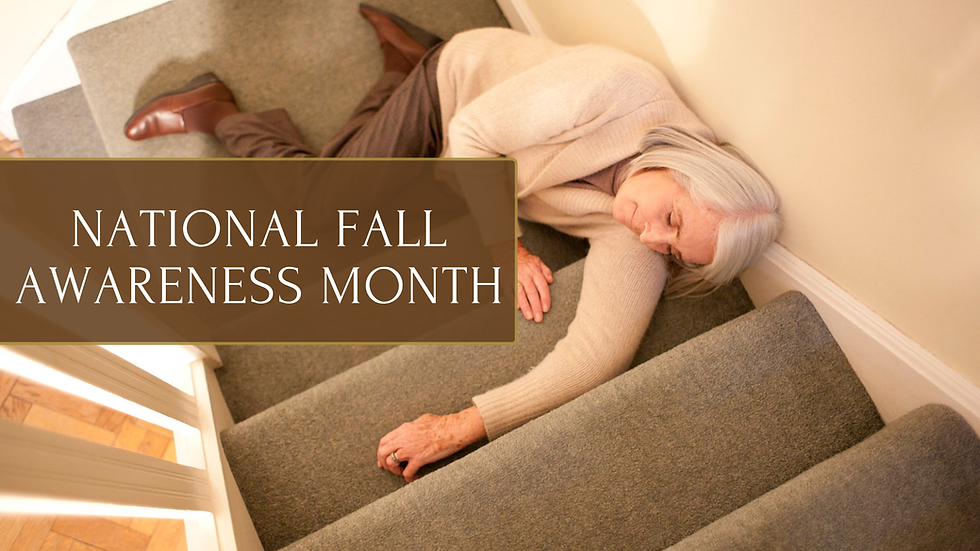Tips to Prevent Cold-Weather Injuries and Stay Healthy
- Dr. Andre Rodrigues
- Nov 30, 2021
- 2 min read

With December approaching, we are constantly reminded about the coming festivities. Associated with these festive holidays are rapid changes in temperature and weather conditions. We need to be aware of those changes and adjust accordingly.
The Canadian Centre of Occupational Health and Safety has looked at the risks associated with cold environments. They include non-freezing injuries that can happen between temperatures of 0◦ C – 16 ◦C (32◦F – 60◦F) and freezing injuries that occur when the temperature falls before 0◦C / 32◦ F.
What body parts are the most vulnerable? Start with your toes, fingers, nose, and ears. These areas aren’t protected by thick layers of muscle and receive less blood flow, which makes them more prone to injury.
To help keep you safe, we asked our fellow chiropractors about the most common type of injuries during this seasonal transition. This is what they had to say:
“We tend to see more aches and pains in joints. Also, with people catching colds and flu, we tend to see a lot of tightness in the neck with rib issues from coughing.” – Evraj Dhaliwal
Studies have shown that temperature affects the physiology of our muscles. The influence of cold weather on muscle function includes maximal force, velocity, and endurance of the muscle. These changes could decrease the amount of force required to sustain an injury.
“September and October bring an influx of college/university students with neck pain and headaches.” – Erin Elysia
Every fall, students of all ages return to school and are hopefully studying hard. But prolonged sitting and/or studying is a common cause of pain. It is important to remain educated and learn how to avoid pain or injuries associated with that lifestyle. Check out our previous blog post on keeping a healthy spine at school and work for more information and advice.
“We see a greater number of injuries related to shoveling snow and falls. Part of the challenge is we tend to rush or not take our time to slow down because it’s cold.” – Frances LeBlanc
This is an important piece of advice applicable to many daily activities. We need to emphasize the need to readjust to changing conditions. These adjustments may include driving slower when it snows, not overexerting yourself in cold weather, protecting your body from cold temperatures, and many more.
With that said, let’s embrace fall and winter and enjoy everything that they have to offer. The best kind of proactive treatment we can offer is the knowledge and ability to prevent injury! Consult your chiropractor for any advice or questions you may have.
Credit: Canadian Chiropractic Association




Comments